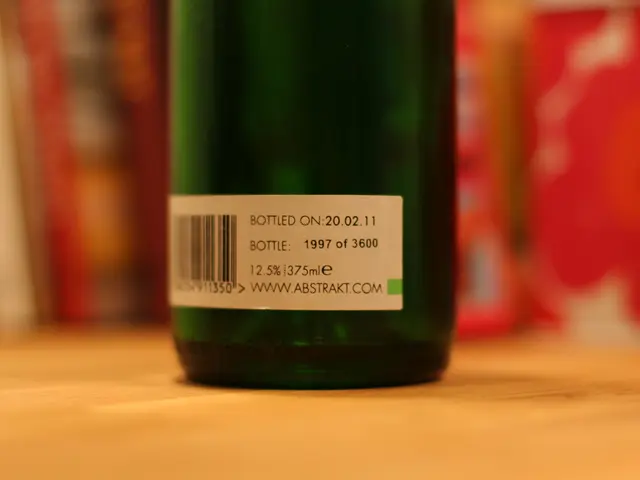Medicare Coverage for Jardiance: A Look at Eligibility
Medicare and Jardiance: A Comprehensive Guide
Jardiance, a popular medication for treating heart failure and type 2 diabetes, is typically covered by Medicare Part D. However, it's essential to understand that the coverage can vary depending on the specific plan.
From June 2022 to May 2023, Medicare spent a whopping $7 billion on Jardiance. Enrollees' average out-of-pocket expenses in 2022 were around $290. Each medication on Medicare has a formulary, a list of covered drugs. To get coverage for Jardiance, one must enroll in a prescription drug plan that includes it in its formulary.
How Does Jardiance Affect My Wallet on Medicare?
According to Optum Perks, the pharmacy cost for a 30-tablet supply of Jardiance can amount to approximately $600, fluctuating according to the pharmacy. The exact out-of-pocket cost depends on the plan's details, such as the tier where Jardiance is placed and the cost-sharing structure.
This cost-sharing structure includes coinsurance, copays, and premiums. For Part D, the maximum deductible cannot exceed $590 in 2025, and enrollees are required to meet this deductible before coverage kicks in. Also, there's an annual cap of $2,000 on out-of-pocket expenses for Part D covered medications.
Glossary of Medicare Terms
- Out-of-pocket cost: This is the amount a person has to pay for care when Medicare doesn't cover the total cost or doesn't offer coverage.
- Premium: This is the monthly amount someone pays for Medicare coverage.
- Deductible: This is an annual amount a person has to spend out-of-pocket within a specific period before Medicare starts covering treatments.
- Coinsurance: This is the percentage of treatment costs a person has to pay themselves.
- Copayment: This is a fixed dollar amount a person pays for certain treatments under Medicare, usually for prescription drugs.
Which Tier Does Jardiance Fall Under in Medicare?
Every Medicare drug plan may list Jardiance in a unique tier. Higher tiers often translate to higher costs after coverage begins. The Inflation Reduction Act of 2022 allows the Secretary of Health and Human Services (HHS) to negotiate new prices for Jardiance and other drugs, potentially making them more affordable for enrollees.
Are There Ways to Get Jardiance for Free or at a Lower Cost?
Several financial assistance programs can help reduce Jardiance-related expenses. These include Medicaid, Extra Help, and State Pharmaceutical Assistance Programs (SPAPs).
Is There a Cheaper Alternative to Jardiance?
Unfortunately, as of now, Jardiance is not available as a generic version.
What Other Diabetes or Heart Disease Medications Does Medicare Cover?
Jardiance belongs to the SGLT2 inhibitor class. These drugs work in the kidneys to eliminate excess sugar through urine and may benefit both the heart and kidneys. Whether a plan covers Jardiance or other heart disease or diabetes medications depends on the specific plan. Some diabetes medications that might be covered include metformin, nateglinide, acarbose, and glyburide. Original Medicare's Part B may also cover certain drugs that require administration other than self-administration.
[Enrichment Insights:] The average out-of-pocket cost for Jardiance on Medicare can significantly vary due to factors like the plan's formulary, tier placement, annual deductible, out-of-pocket cap, and premiums. While the average out-of-pocket cost per year was estimated to be around $290 in 2022, the actual cost can differ for each individual due to these factors. The exact cost for a 30-day supply of Jardiance is around $600, depending on the pharmacy and plan's coverage specifics.
- Understanding the tier placement of Jardiance in Medicare drug plans is crucial, as higher tiers can translate to higher costs after coverage begins.
- Financial assistance programs such as Medicaid, Extra Help, and State Pharmaceutical Assistance Programs (SPAPs) can help reduce expenses for Jardiance and other health-and-wellness therapies and treatments.
- Currently, there is no generic version of Jardiance available, but alternatives within the SGLT2 inhibitor class, such as metformin, nateglinide, acarbose, and glyburide, may be covered by Medicare, depending on the specific plan.








